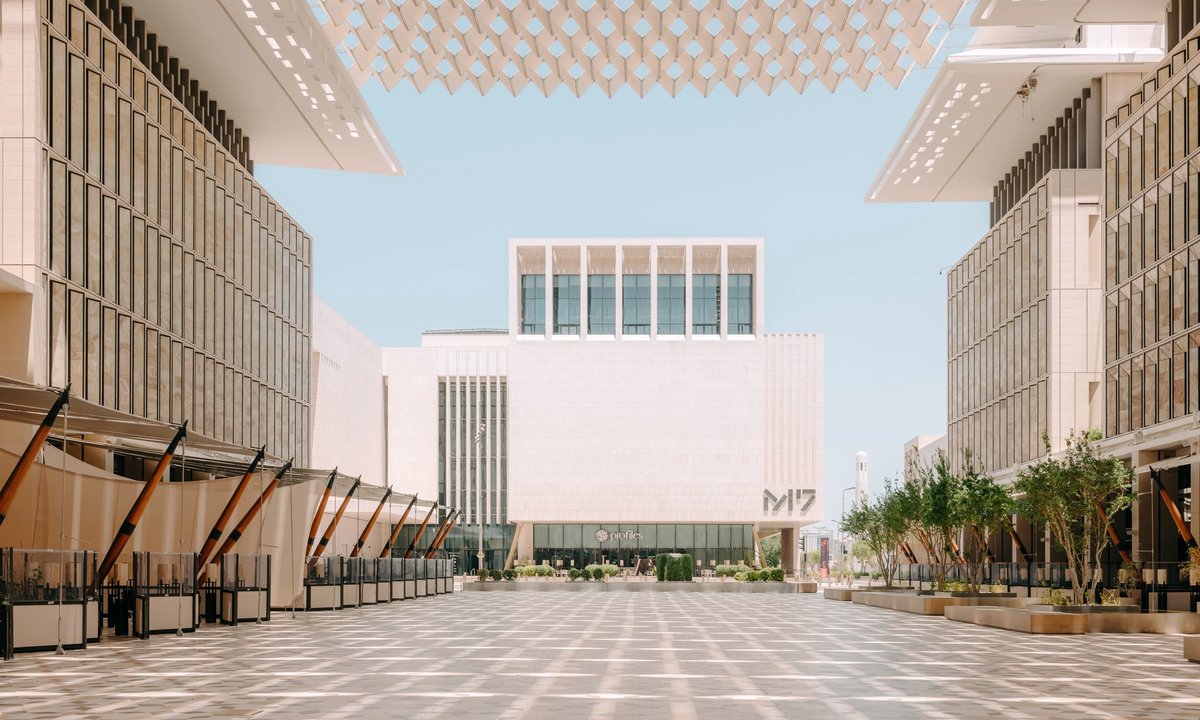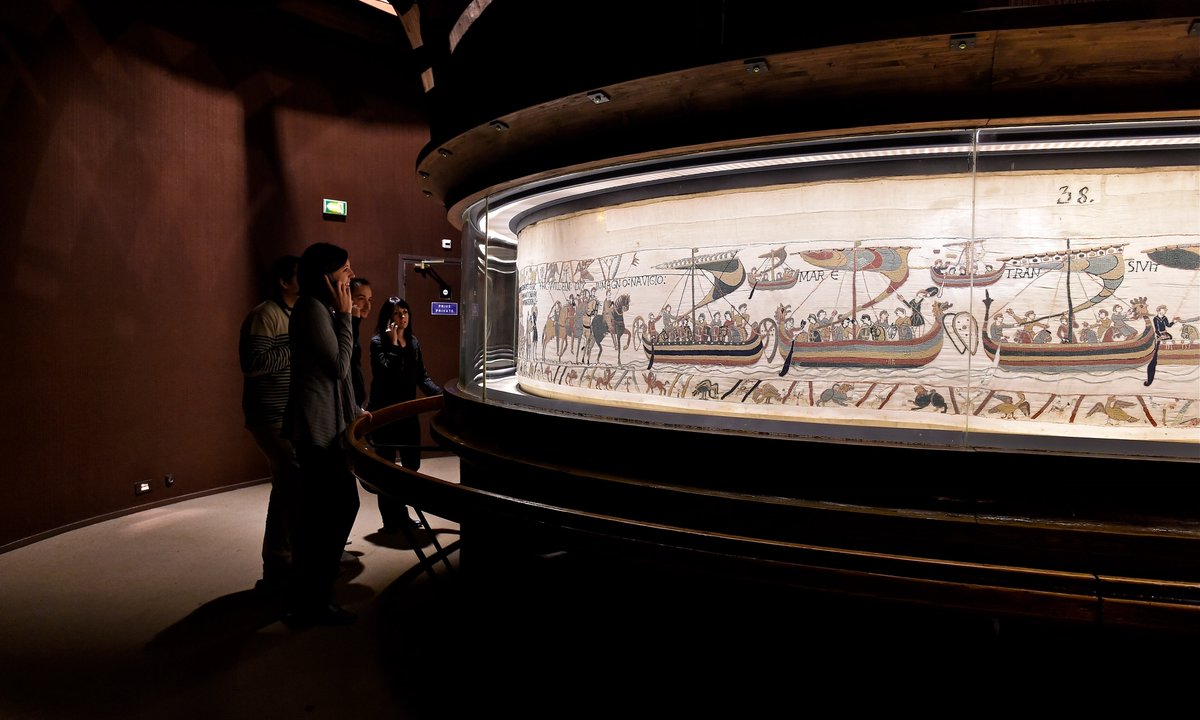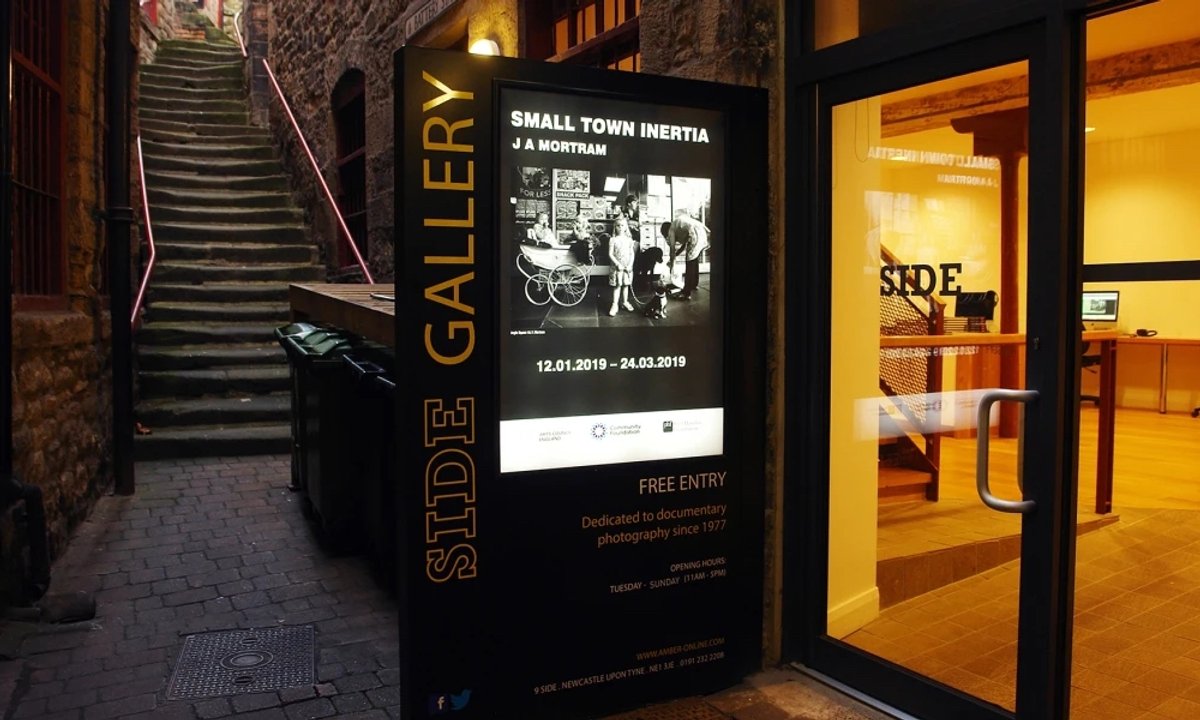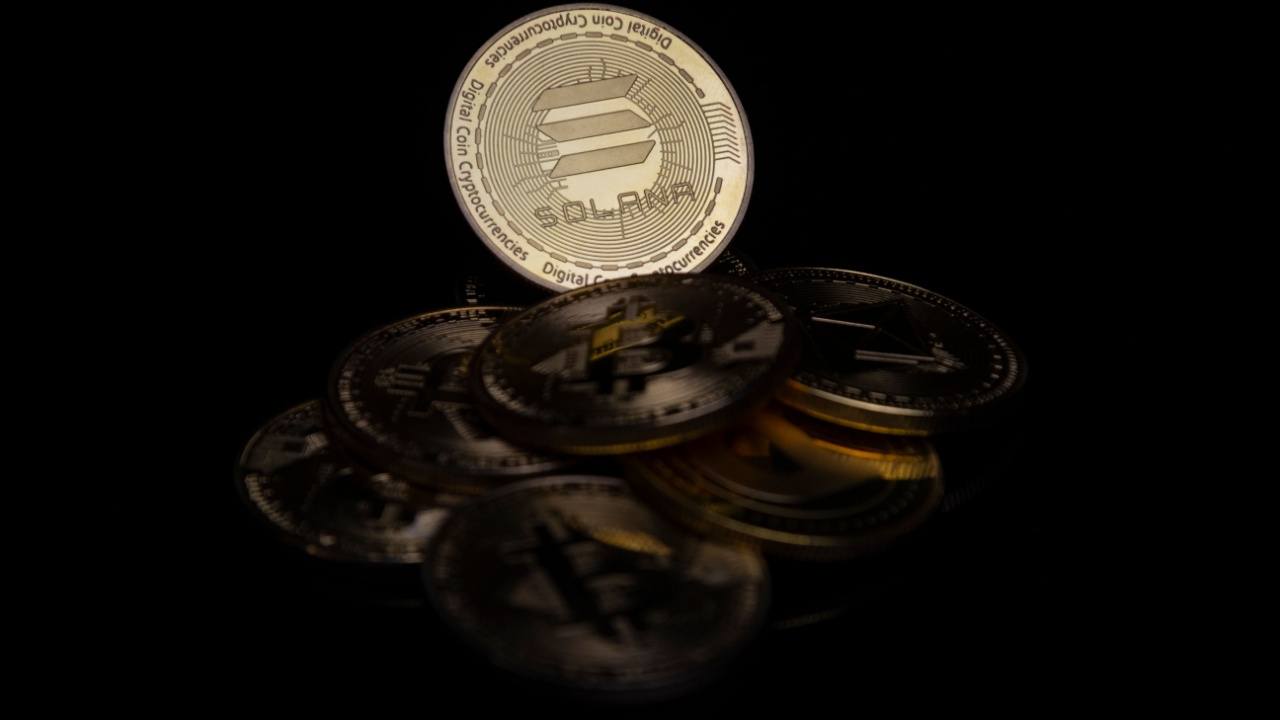The Paris-based German artist and researcher Dana-Fiona Armour has been awarded the first Sigg Art Prize for art integrating artificial intelligence (AI). Armour received the €10,000 prize for Alvinella Ophis (2024)—an interdisciplinary 3D-animated video installation exploring the interplay between biotechnology, artificial intelligence and contemporary art—in a ceremony at Asprey Studio, in central London.
The Sigg Art Prize is presented by the Sigg Art Foundation, which was founded by the Swiss tech entrepreneur and art collector Pierre Sigg and has held artist residences at his family estate at Le Castellet, near Toulon, in the south of France, in Greece and at AlUla in Saudi Arabia. The foundation says on social media that it sees AI as “a transformative force, as profound as the emergence of photography during the industrial revolution”, something that is “reshaping the representation of reality, the construction of memory, traditional practices and language innovation on a global scale”.
Entrants to the prize were asked to submit work around the theme of “Future Desert”. Armour’s Alvinella Ophis is a hybrid serpent imagined as a combination of a snake and the Pompeii worm—a deep-sea creature found at the bottom of the Pacific Ocean—exploring a devastated “future desert” following an ecological disaster. Heat sensors detect the creature’s movements and an AI is used to generate visual responses to that data, envelopped in a quadrophonic soundscape. The other short-listed artists were Obaid Alsafi, Léa Collet, Agnieszka Kurant, Harrison Pearce, Aaron Scheer and Sasha Stiles.
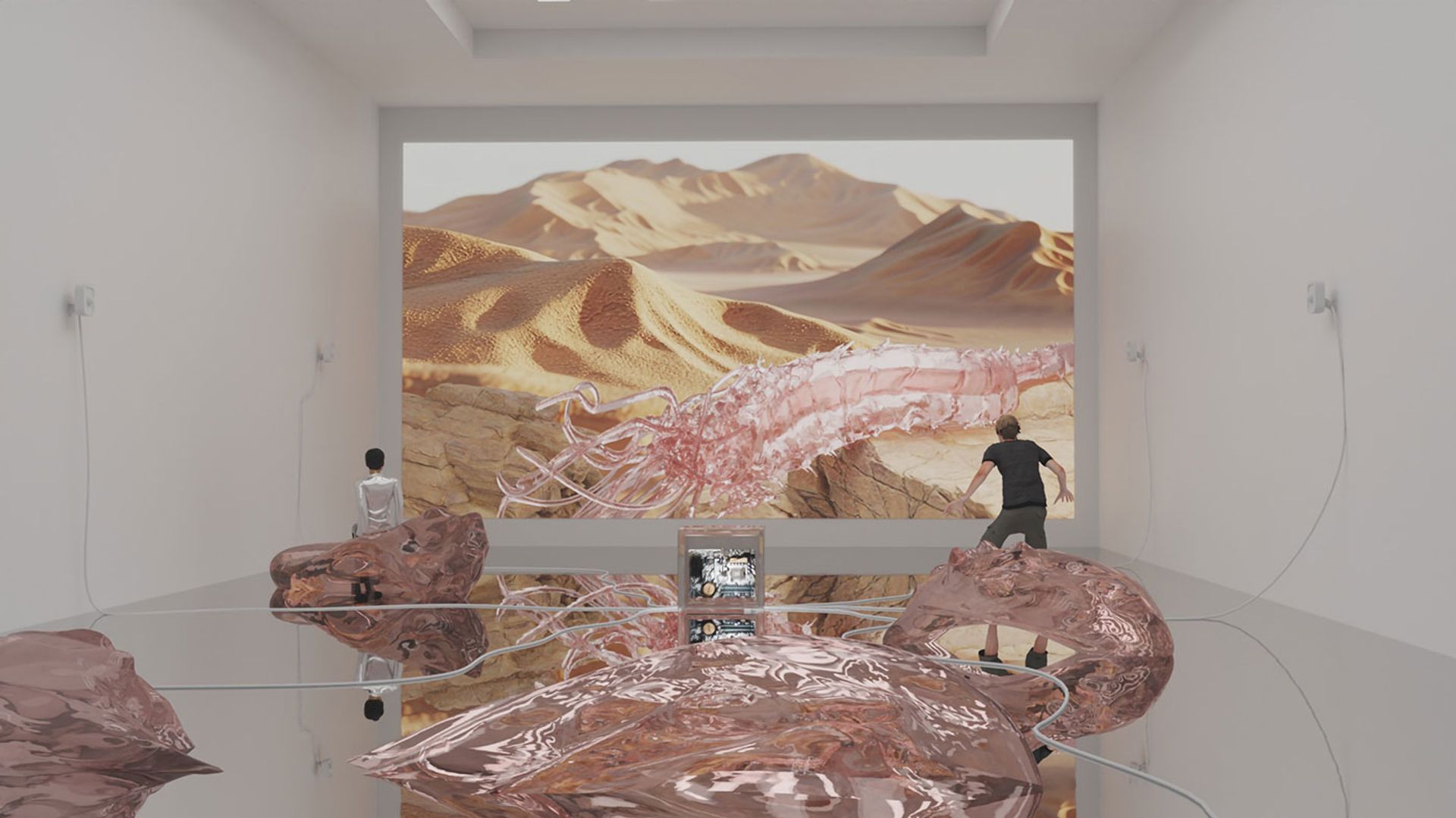
Dana-Fiona Armour, Alvinella Ophis (2024). Winner of the 2024 Sigg Art Prize Courtesy the artist © Dana-Fiona Armour, 2024
Armour is known for interdisciplinary work where she collaborates with scientists, exploring the symbiosis between species. She is a member of the Collectif Poush, at Clichy in northwest Paris, and previously worked in residency at a genome-engineering company, Cellectis, where she developed Project MC1R, a mix of visual art and biotechnology that was shown at the Collection Lambert in Avignon in 2022. She has held two solo exhibitions with the gallery Andréhn-Schiptjenko: in Paris in 2021 and in Stockholm last year.
“Winning the Sigg Art Prize has provided me with a remarkable opportunity to explore the critical interplay between art, technology and nature,” Armour said. “My project, Alvinella Ophis, encourages interdisciplinary approaches that address pressing ecological issues and aims to create a dialogue about the connection between humanity and the natural world. Ultimately, I hope to promote a deeper understanding of our shared ecological challenges through this endeavour.”
One of the jury members was an AI, created by the French Canadian artist Grégory Chatonsky and trained on an art-centred large language model, which assessed each entry, qualitatively and quantitatively, expressing its output in Chatonsky’s voice. The other jury members were the curators Dominique Moulon, Anne Stenne, Nicolas Bourriaud and professor Antonio Somaini; the philosopher Anna Longo; Joseph Fowler, the head of art and culture at the World Economic Forum; Gediminas Urbonas, director at MIT Program in Art, Culture and Technology at the Massachusetts Institute of Technology; and the digital art collector Seedphrase, also know as Daniel Maegaard.


